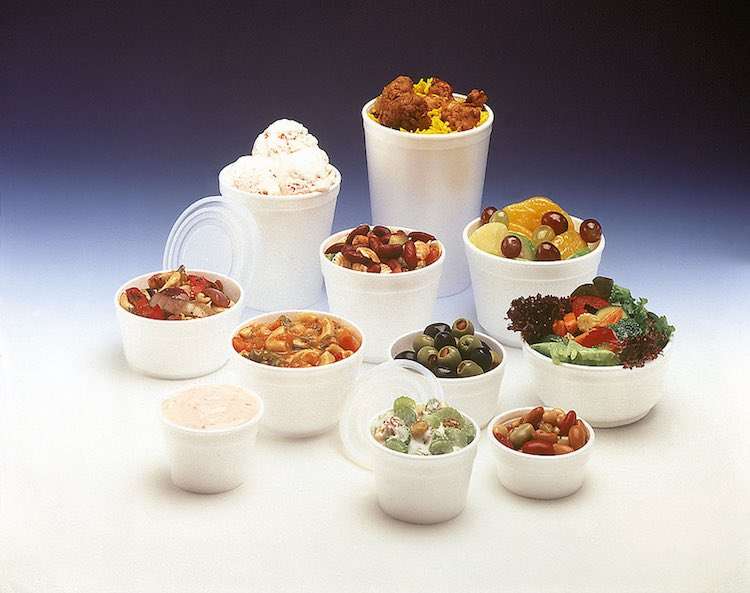In Largest Medical Study of Near-Death Experiences, Awareness Lasts Beyond Brain Waves
Researchers found that nearly two-in-five people resuscitated from cardiac arrest experienced awareness for several minutes after brains stopped functioning.

Who would have thought that the container used to transport your take-out food could be a meal itself?
For the right consumer, it is.
Mealworms, scientists have learned, will indeed eat styrofoam, which could spell glorious progress in the fight to eliminate plastic waste.
Researchers at Beihang University in China and Stanford University in California arrived at this conclusion after putting the worms—larvae of the common American beetle—on a diet of nothing but styrofoam. Not only dud the bugs digest the plastic into biodegradable compounds, but they were just as healthy afterwards as worms that ate their normal diet.
The secret is the microorganisms in the worms' digestive system. These "bugs-within-the-bugs" produce an enzyme that breaks down the foam into organic compounds. What the mealworms don't digest, they expel as biodegradable substances that return to nature.
"The findings are revolutionary," Stanford University engineer Wei-Min Wu, told CNN. "This is one of the biggest breakthroughs in environmental science in the past ten years."
On the heels of this awesome revelation, scientists will pursue a theory that these enzymes could potentially also be used to break down other forms of plastic, like microbeads polluting the world's oceans.
"Sometimes, science surprises us," Stanford professor of environmental engineering, and co-author of the study, Craig Criddle said. "This is a shock."
The study was published in the journal Environmental Technology.
(Photo: solo estonia, CC)
Be the first to comment